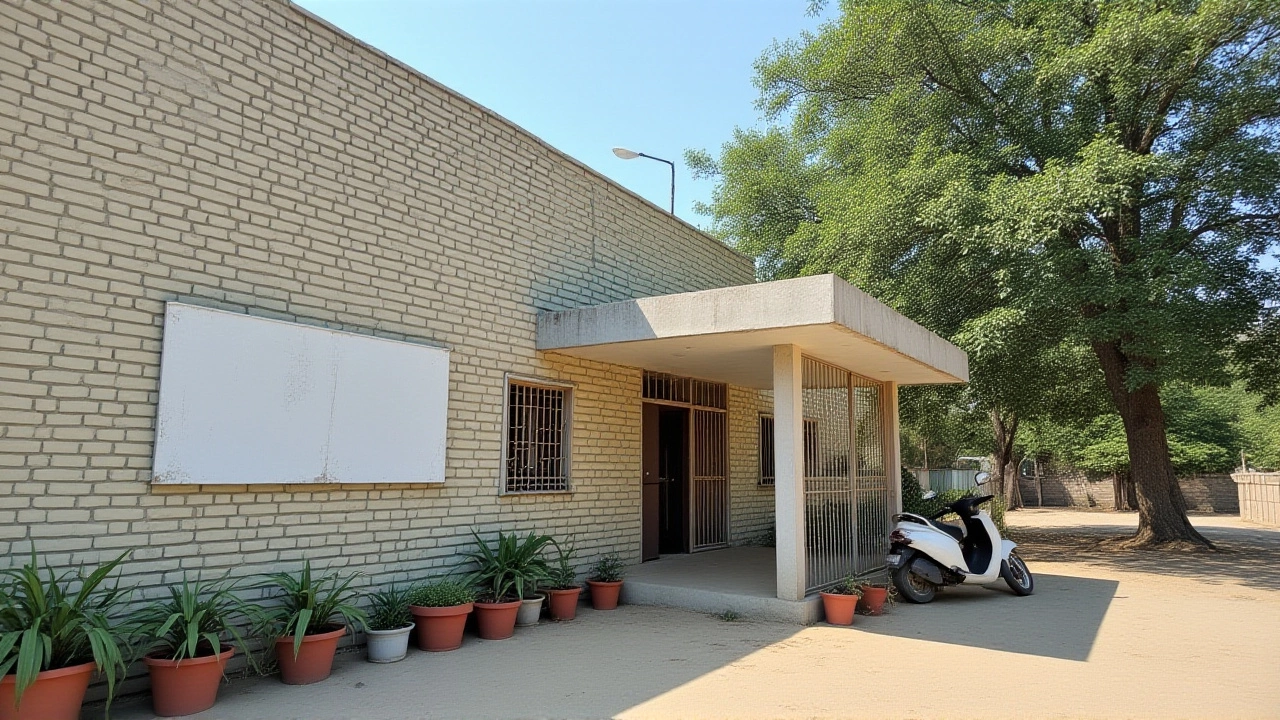Education News and Insights
When talking about Education, the organized process of teaching and learning that prepares individuals for personal and societal roles. Also called learning sector, it touches everything from preschool basics to university research.
The Right to Education Act, a law that guarantees free and compulsory education for children aged 6‑14 is the backbone of India’s effort to make schooling universal. It requires schools to reserve at least 25% of seats for the Economically Weaker Section, students from families with low income who would otherwise miss out on formal learning. This reservation is meant to level the playing field, but compliance varies widely across states. In Haryana, Gujarat and Punjab, officials have found more than 1,600 private schools breaching the rule, issuing show‑cause notices that could affect thousands of EWS kids. The law also spells out clear admission timelines, documentation checks, and penalties for short‑changing reserved seats. When the rule is followed, schools become a gateway for marginalized children to access quality resources, trained teachers, and a safe environment. When it’s ignored, the promise of free education evaporates, leaving gaps that ripple through families and communities.
Key Issues in Indian Education Today
Private schools, while often praised for better infrastructure, are directly subject to the Education standards set by the RTE Act. These institutions must balance market‑driven goals with legal obligations to admit EWS students. Recent violations show that many schools struggle with paperwork, misunderstand admission cut‑offs, or simply resist the quota because it impacts fee structures. The result is a clash between profit motives and social responsibility. Admission violations not only trigger legal action but also spark public debate about fairness and the role of private players in a sector traditionally overseen by the state.
Enforcement agencies in Haryana, Gujarat and Punjab have started random audits, checking enrollment logs, fee receipts, and parental income proofs. When a school is found non‑compliant, it faces fines, loss of recognition, and in extreme cases, closure orders. These actions send a clear message: the Right to Education Act is not a suggestion; it’s a binding framework that shapes how private schools operate. For parents of EWS children, this enforcement brings hope that their kids will finally get a seat in a well‑equipped classroom rather than being turned away at the gate. For policymakers, the data from these audits help refine guidelines, improve monitoring tools, and design support mechanisms for schools that need help meeting the quota.
Looking ahead, the education landscape will likely see tighter integration of technology in monitoring. Digital admission portals, real‑time data sharing with state education boards, and community watchdog groups are emerging as allies in the push for compliance. As these tools roll out, schools that adapt quickly may gain a reputation for transparency, attracting more families regardless of economic status. Meanwhile, the broader goal remains the same: ensure every child, no matter where they come from, can step into a classroom and learn.
Below you’ll find a collection of recent stories that dig deeper into these topics, from court rulings and policy updates to on‑the‑ground accounts from teachers and families. Explore the articles to see how the Right to Education Act is shaping school admissions across India today.

RRB NTPC Undergraduate Result 2025: 51,979 Candidates Shortlisted for CBT-2, Cut-off Marks Released
RRB NTPC Undergraduate Result 2025 released on November 21, with 51,979 candidates shortlisted for CBT-2 on December 20. Cut-offs vary by region and category for 3,445 railway vacancies out of 63 lakh applicants.
Read More
Over 1,600 Private Schools Cited for RTE Admission Violations in Haryana, Gujarat & Punjab
Over 1,600 private schools in Haryana, Gujarat and Punjab face show‑cause notices for breaching RTE admission rules, threatening free education for thousands of EWS children.
Read More